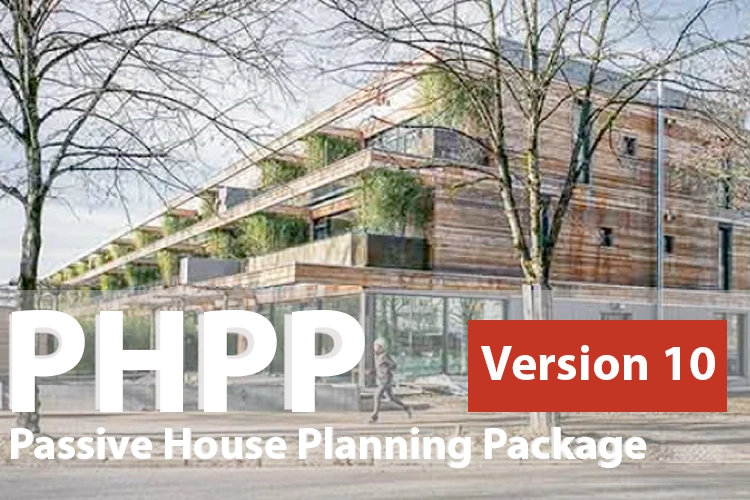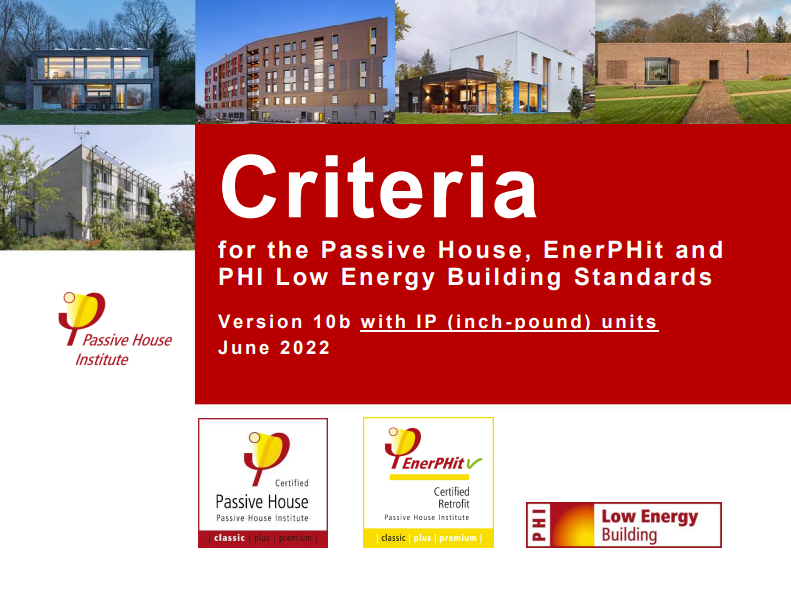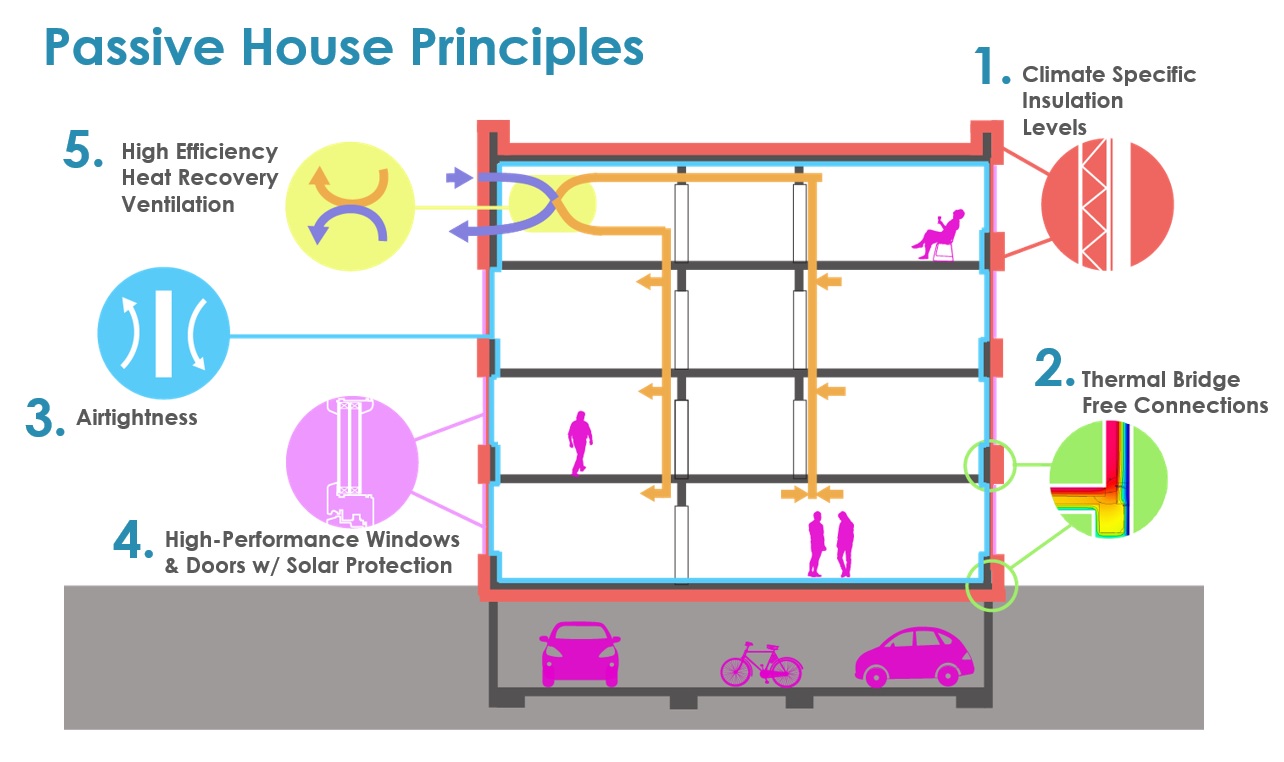Passive House is a design and construction standard, focused first on the enclosure, that produces dramatic reductions in building energy use and carbon emissions. It’s the best tool to drive carbon emission reductions proportional to what the climate crisis demands. And while that’s true, Passive House criteria also prioritizes human comfort and health. Passive House methods reveal that comfort and healthy living are not luxuries, but are inextricably tied to providing fundamental building performance.
Consequently, the Passive House concept is better understood not as another incremental step toward higher performance but as a different way to think and work. It’s a different attitude, a re-engagement with the fundamentals of building: the materials, the components, the systems, and the integration of them all – creating an architectural structure, in which the structure itself produces a dramatically reduced energy balance. The structure itself is the driving force of occupant health and comfort, of affordability, and of resilience. Passive House jumps to the end game.
And Passive House training sets you up to make it happen.
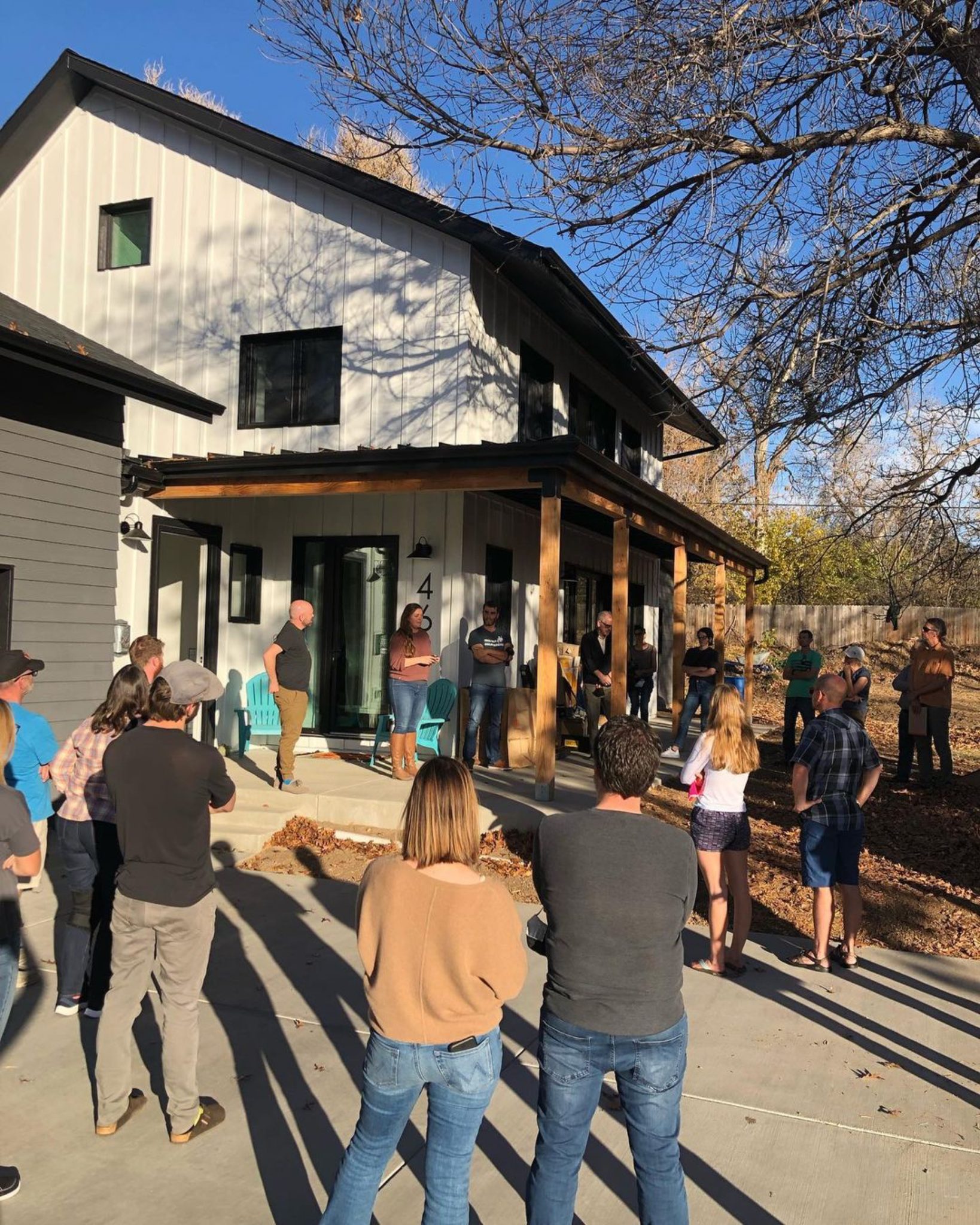
Colorado
Passive House is the Platform
We know we need to radically change things to maintain a livable planet. We need to make our buildings truly sustainable. But what does sustainability mean? Everyone has their own take, as if it’s a green Rorschach inkblot test. Sustainability contains a multitude of areas to consider, from reducing carbon emissions and affordability, to social justice, resilience, historic preservation, comfort, an much more. It can be exhilarating and paralyzing. What to do?
Passive House can help. Because Passive House supports fundamental building principles and high performance, it assures you’re tackling your sustainability priorities from a position of strength. Passive House is your platform.
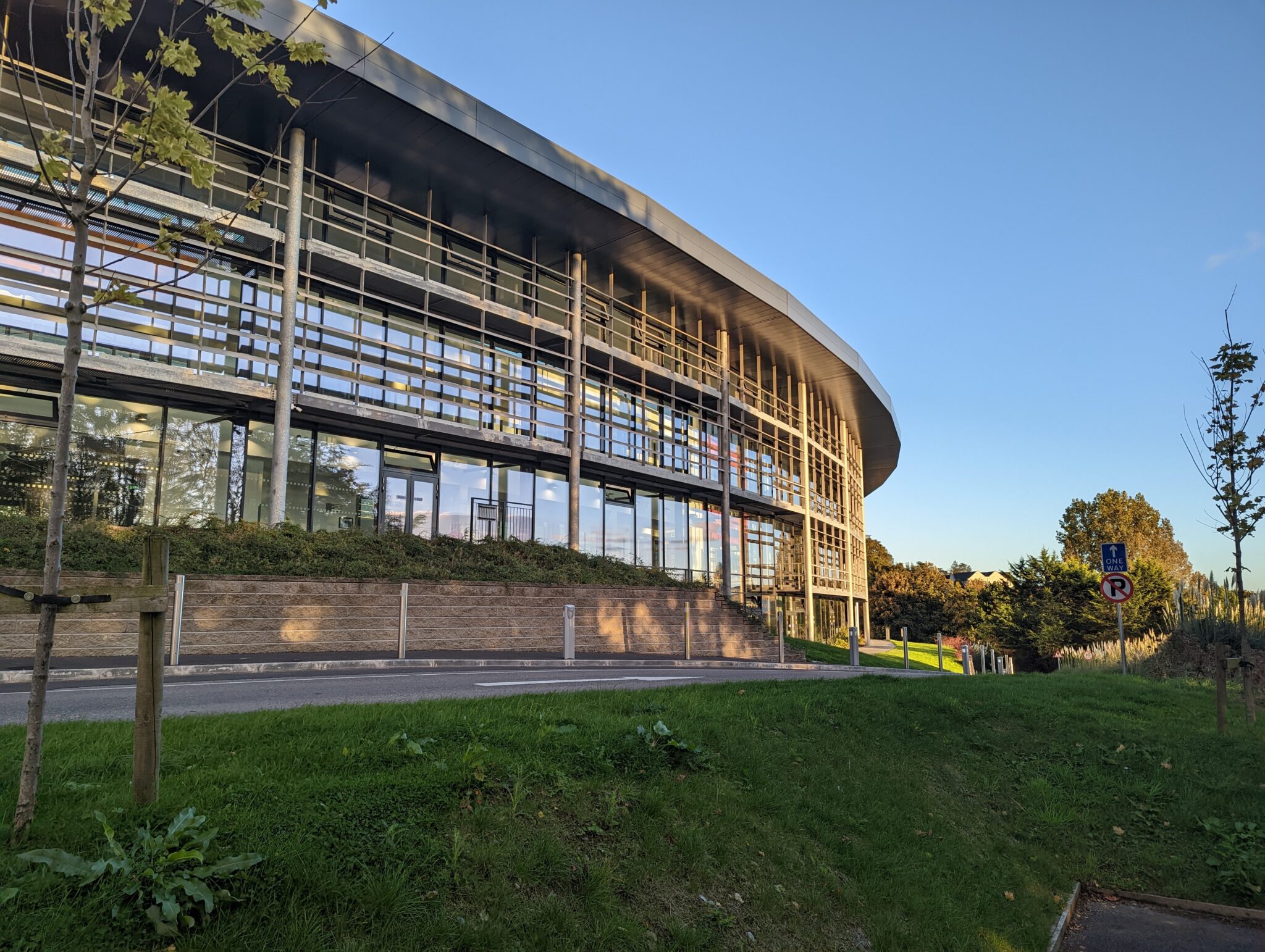
South West College, Northern Ireland
“Passive House” Describes 4 Things
- A concept of efficiency based on occupant comfort and health discovered by the Passive House Institute: the Passive House definition.
- An international building standard, developed by the Passive House Institute, to implement the Passive House concept worldwide: the Passive House Standard.
- A pathway and set of fundamental tools for reaching that standard, such as certified professionals, components and buildings, employing five basic principles in a calculated energy balance, developed by the Passive House Institute: Passive House methodology.
- A building that uses the methodology and meets the international Passive House Standard: a Passive House building.
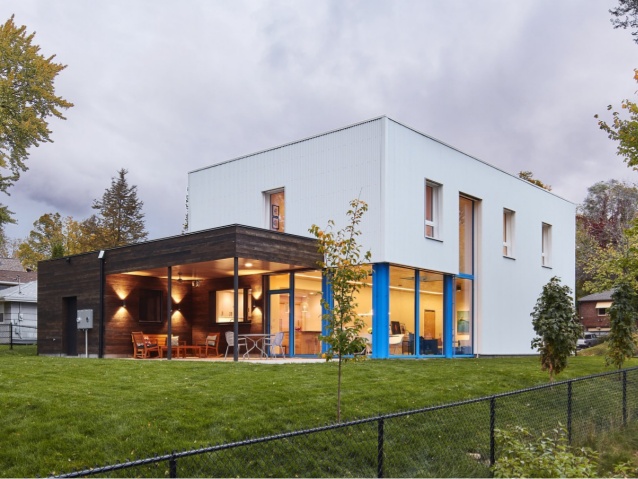
Minneapolis, Minnesota
1. Passive House is a Concept
Passive house is an integrated construction concept – a discovery that resulted in the alignment of health, comfort and efficiency efforts, born out of decades of research around the globe and in particular, an international research project in 1990, led by Dr. Wolfgang Feist. [Read a historical review of Passive House.] Out of the 1990 experiment, the passive house concept, was distilled into a definition – a functional definition – we could call it a platonic or idealized definition.
“A Passive House is a building, for which thermal comfort (ISO 7730) can be achieved solely by post-heating or post-cooling of the fresh air mass, which is required to achieve sufficient indoor air quality conditions – without the need for additional recirculation of air.” – Passipedia
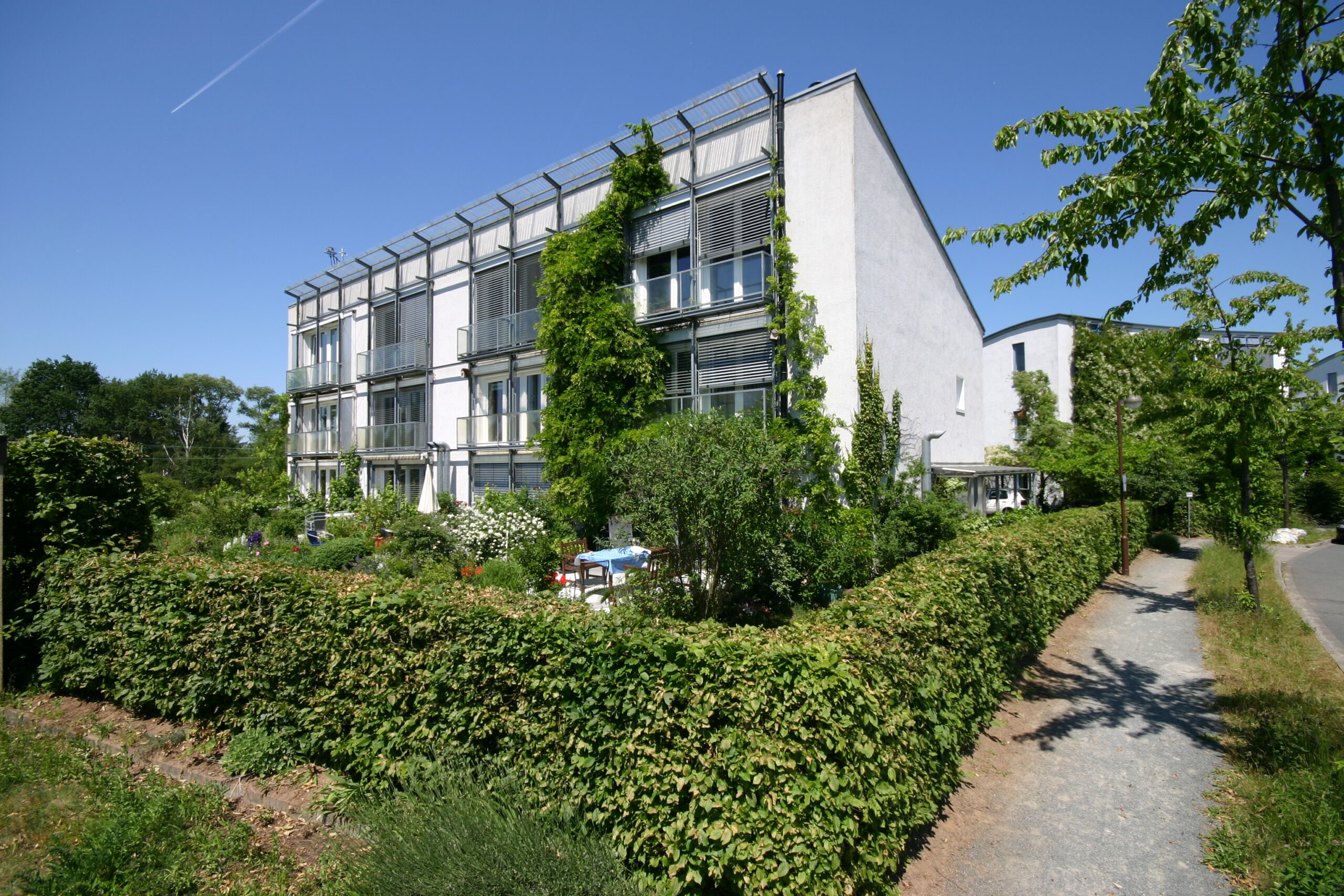
The First Passive House, Darmstadt, Germany
It’s fascinating isn’t it? It’s one sentence. And in this one sentence it places at the core, the occupant and hygienic ventilation – the importance of good indoor air quality. Ventilation is used as an organizational pivot point that reorients the project. It puts the occupant at the center of the equation – their comfort and health while simultaneously requiring a very low capacity for heating and cooling energy to achieve it. The goals of comfort and health are supported by energy efficiency, and the goal of energy efficiency is supported by health and comfort – they become interdependent and upend our conventional wisdom.
We should pause and appreciate this radical notion. Conventional wisdom holds efficiency as a sacrifice – turn down the thermostat, put on a sweater indoors. Conventional wisdom has held that to succeed, ever more power is needed. And whether it be derived from fossil fuels or renewables, the focus has always been on production, production, production. We see it today, with the call for zero-energy buildings as the goal. We need zero-energy buildings, but if it’s the goal, it lets us keep making crappy buildings and just producing more (renewable) power to compensate. It’s not unlike our health industry, where we spend enormous sums on treating symptoms because we can’t be bothered to move upstream to the root causes of our poor health. The Passive House concept upends this focus on ever more production, on treating symptoms. Passive House moves upstream to the root causes and decouples power from performance.
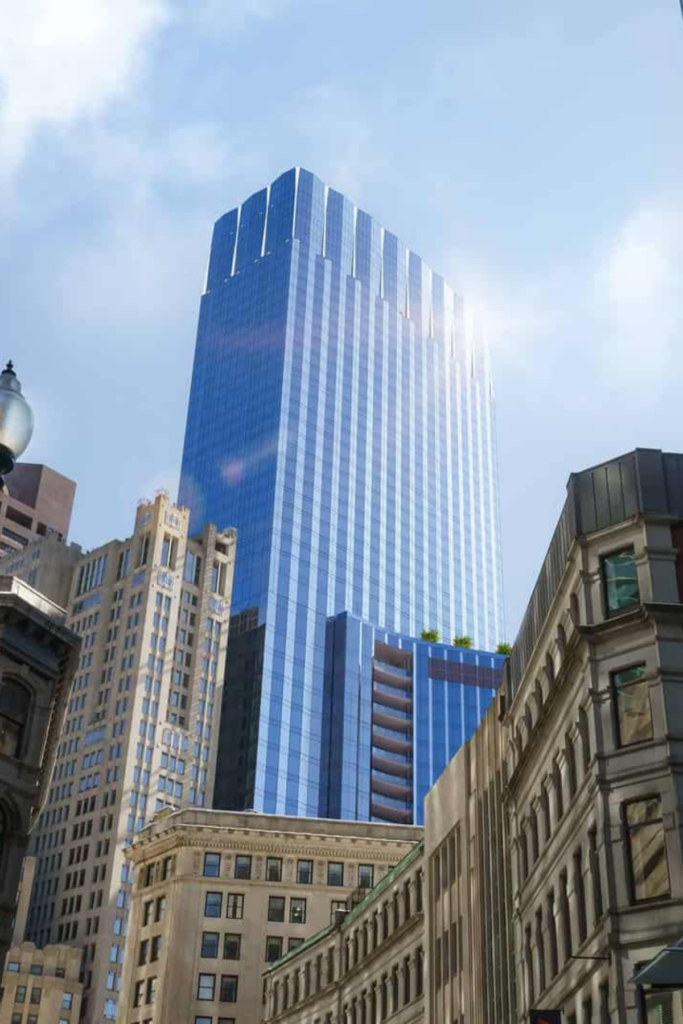
Winthrop Center, Boston
2. Passive House is a Standard
From this discovery and formulation of the passive house concept, the Passive House Institute or PHI for short, developed the Passive House Standard – our next iteration of the phrase.
The Passive House Standard is rigorous and focused – and includes specific certification targets or criteria, with metrics that include comfort, health and energy – to deliver high-quality. These are not relative targets, set to a baseline that can be gamed, but hard targets that leave you knowing where you stand. Today, the targets include increasing levels of renewable energy integration, and ever greater efficiencies, supporting electrification and a resilient green grid. They are buildings built to be future-proof.
The standard is focused. The Passive House Standard criteria, which you can download from the PHI website, passivehouse.com, only takes up about 15 comfortably spaced pages. And really, all that can be boiled down to a handful of metrics. The power and reach of the Passive House Standard is it’s inherent simplicity and flexibility.
The Passive House Standard is being successfully applied to thousands of buildings and millions and millions of square feet around the world, from Boston to Beijing. >Read 10 Reasons to Certify to the International Passive House Standard.
3. Passive House is a Methodology
Passive House is also the methodology we utilize to achieve the Passive House Standard.
The Passive House methodology starts with reducing cooling, dehumidification and heating loads by focusing first, not on gadgets and active technology, but instead on fully integrated durable passive building components, the architecture itself – focusing on things like proper continuous thermal-bridge-free insulation, continuous airtightness, high-performance windows and doors with solar protection, and balanced 100% fresh air ventilation that includes a high-efficiency passive heat or energy recovery core.
These aspects and more are all carefully calculated, and all integrated with the entire architectural process of design and construction – from day one of the project’s conception.
Essential to the success of the methodology is the ability to reliably calculate the performance characteristics before the building is built. So at the core of the methodology is the Passive House Planning Package or PHPP, energy model.
The PHPP is an Excel based tool which allows the designer to simulate the behavior of the building both during ‘peak’ times, in winter and summer, and over an entire year. It is a flexible, easy to use model that allows for quick iterations and design alternate evaluations – taking into account different real world assumptions and possible future scenarios.
4. Passive House is a Building
Passive House describing a building built using the Passive House methodology, and meeting the criteria of the Passive House Standard. Today, we see a wonderful variety of Passive House buildings meeting the standard.
It’s important to emphasize that Passive House is applicable to buildings of all kinds – from office buildings to hospitals, to factories, to apartment houses, schools, and retail stores, and yes, even single family homes – and all of these use types have been realized successfully. Any type of use and building typology is possible. Passive House can be applied, not just to new-buildings, but also to renovations of existing buildings. >Some of them are in this global database.
But let’s be clear, to call a building a passive house building, you’re not required to certify it – it just needs to meet the criteria. The building meets the Passive House Standard criteria and you can call it a Passive House building.
However, unless you are a very experienced practitioner with many certified buildings under your belt, you simply don’t know what you don’t know. So chances are, that without certification, you will fall short of expectations.
Needless to say, this causes some tension in the marketplace, so let’s briefly address it. Buyer beware. If the building you’re investing in, isn’t certified to the Passive House Standard, there’s a greater chance its performance will not meet your expectations. You better ask some serious questions. Has the team completed a building before? Do they know what they don’t know? Is the team really invested in producing Passive House high-quality, or is it their newly discovered marketing gimmick. Are they a poser or are they authentic?
Certification of the Passive House building to the Passive House Standard, ensures that owner expectations of high-quality and performance are met. There are over 25 independent Passive House certifiers, and 14 organizations, working in the US today, ready to help you achieve it. >Read 5 Reasons to hire a Passive House Certifier.
You will be well served to do your research.
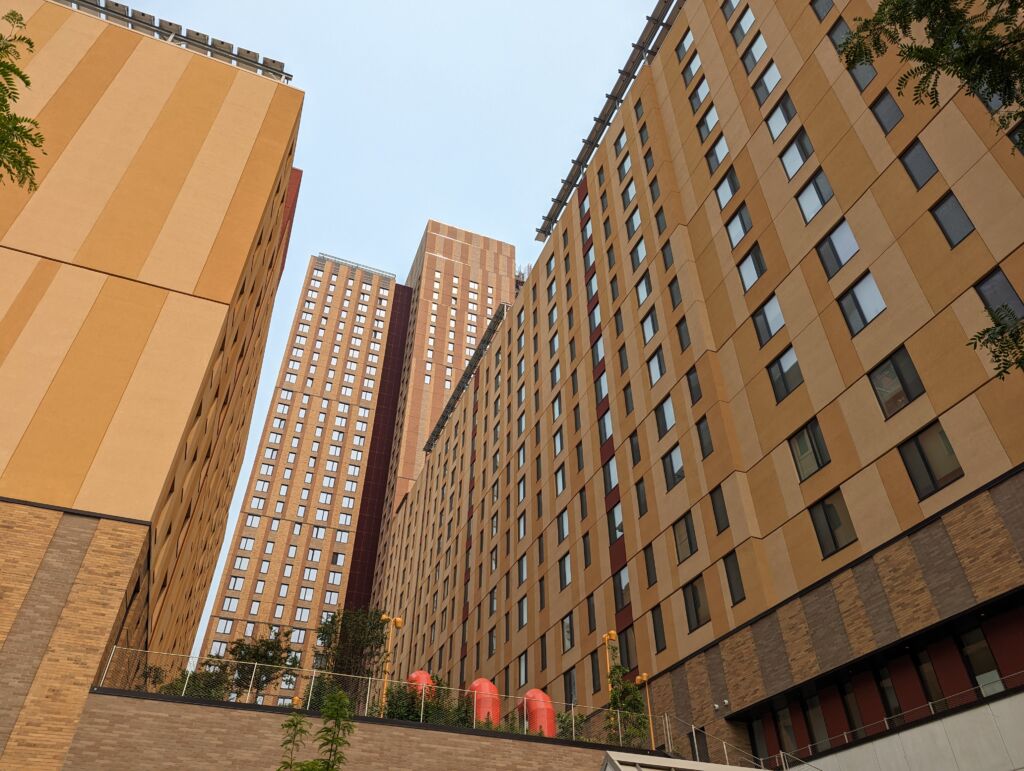
Sendero Verde, New York City
Get Started Today
There is no time to waste. Passive House is not rocket science – it is simple building science, intentionally applied.
If you’re an architect, engineer or building consultant, empower the building fabric, leverage the enclosure and make the most sustainable buildings possible with Passive House as your platform. Get trained. The Certified Passive House Designer training is accessible, flexible and affordable.
If you’re a builder, end the call backs, and deliver buildings your clients won’t need to flee in storm outages. It’s not complicated and it can empower your construction crews to take new ownership and pride as they realize the results of their effort. >Get key employees trained as a Certified Passive House Tradesperson.
If you’re an owner or policymaker, don’t shy away from Passive House, as your investments and planning with Passive House will lower future risks and help us all optimize a green transition. Get your people trained. >Be sure to watch the 1-Hour Introduction to Passive House.
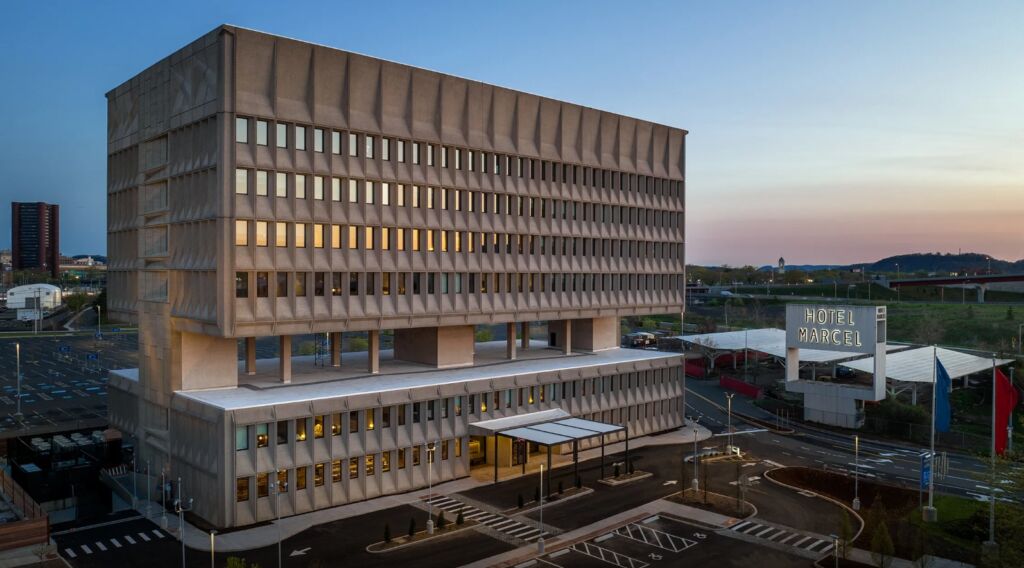
Hotel Marcel, New Haven CT

